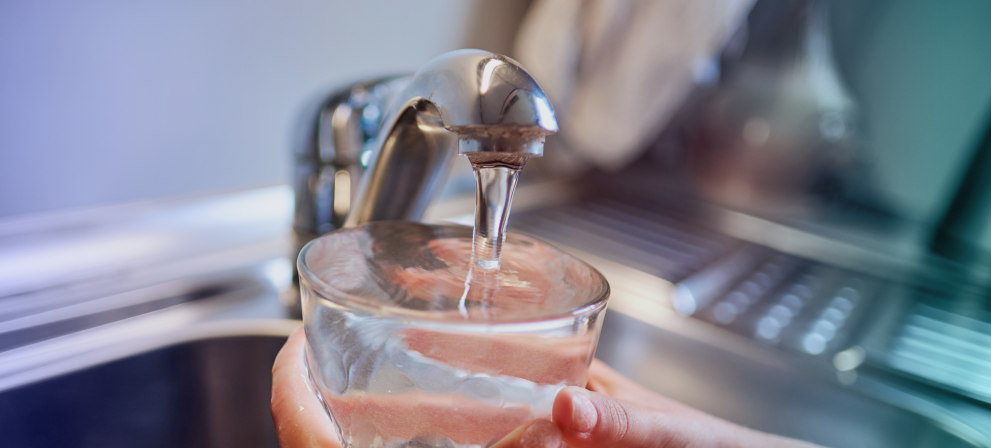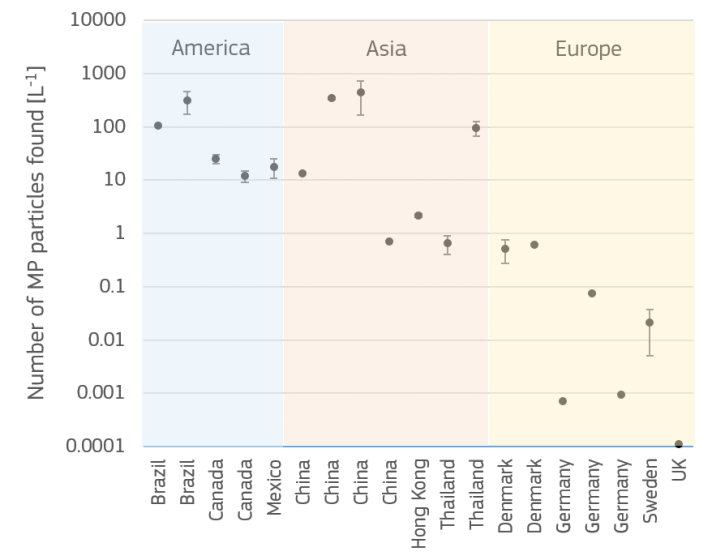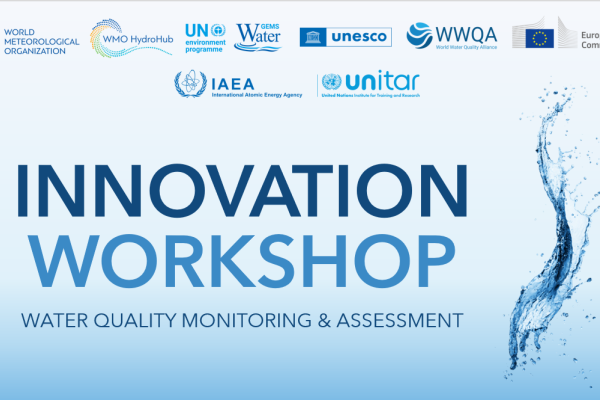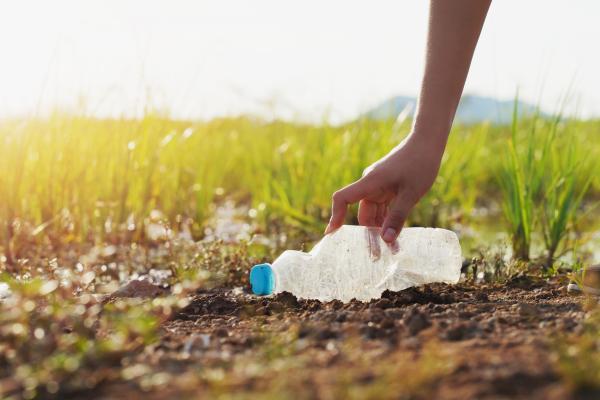
Every day, our body needs about one and a half litres of water to function properly.
But what if the water we drink contains very small particles of plastics, so-called ‘microplastics’?
While it is now generally accepted that microplastics may be present in our drinking water, links to human health effects remain uncertain – due in large part to the poor understanding we have of their presence and distribution in our water supplies. Fortunately, in cases such as these, European drinking water legislation provides us with legal tools to introduce Union wide measuring and monitoring of new, emerging pollutants.
Monitoring microplastics’ presence in our drinking water are crucial steps forward for protecting human health and our environment.
However, measuring microplastics remains challenging because they vary vastly in size, shape, composition and chemical identity, complicating efforts to assess their presence accurately.
Harmonised approach to measuring microplastics
To better harmonise the measurement process, the JRC has designed a methodology which represents a uniform approach to sampling, analysis and data reporting.
This will contribute to the generation of more consistent and inter-comparable data, which is a first and important step towards the eventual establishment of exposure levels in European drinking water.
To define the methodology, JRC scientists first reviewed the scientific knowledge base on the nature, distribution and quantities of microplastics. The findings are published in the report ’Analytical methods to measure microplastics in drinking water’.
It showed that the levels of microplastics reported in drinking water are generally lower than a few tens of particles per litre, with more recent studies undertaken in Europe showing lower, or much lower levels (0.0000-0.6 particles per litre).
Microplastics in drinking water in Europe and beyond
Such information proved to be a key indicator for the analytical methods to be used and the need to sample large water volumes (>50 litres).
The most frequently found polymers in drinking water appeared to be polyethylene, polyethylene terephthalate, polyester other than PET, and polypropylene.
The “how to” in the JRC methodology
The JRC methodology initially defines which materials have to be addressed, the relevant size ranges, shapes and the unit of measurement.
For the sampling, at least 1000 litres are required to quantify microplastics.
Samples are collected using filters of different micron sizes (100 and 20 micron filters), to collect the solids in two size ranges.
These samples are then analysed via one of two possible methods – either by Infrared microscopy or Raman microscopy. These techniques allow the identification of the polymer type, its size and whether it is a particle or a fibre – all this information may in the future be relevant to understanding the nature and extent of our exposure to microplastics.
Essential data from the analysis are recorded for comprehensive reporting.
Policy context
The European Commission is driving the development of legislation needed to tackle the potential threat of microplastics to people’s health and the environment.
Among the initiatives, the recast Drinking Water Directive, the EU’s main law on drinking water, covers both the access to and the quality of water intended for human consumption to protect human health.
Under the recast Drinking Water Directive, the Commission is empowered to establish a methodology to measure microplastics in drinking water. The methodology developed by the JRC is embedded in the Commission Delegated Decision adopted on 11 March 2024.
The Commission has established a first watch list addressing substances and compounds of concern for water intended for human consumption. The watch list indicates a guidance value for each substance and compound and where necessary a possible method of analysis.
The Commission has established the methodology with a view to include microplastics on this watch list. Member States will then have to put in place monitoring requirements, using the JRC methodology set out in the Commission Delegated Decision.
Related links
Report: Analytical methods to measure microplastics in drinking water
Towards better water quality, quantity management and more sustainable use of seas
Details
- Publication date
- 23 April 2024
- Author
- Joint Research Centre
- JRC portfolios





